Heart & vascular surgery
When you or someone you love needs heart or vascular surgery, you want a surgeon with the expertise you can trust. Our physicians bring leading-edge cardiovascular care to Cincinnati and around the world. It's the care you’ve come to expect from Greater Cincinnati's Heart Hospital℠—accessible where and when you need it.
As a national leader in heart and vascular surgical care, surgeons at The Christ Hospital Health Network specialize in a broad spectrum of procedures and treatments. Our multidisciplinary team of experts provides treatments for heart or vascular conditions, from traditional procedures, to minimally invasive surgeries for people who may have previously been considered too high risk for surgery.
The Christ Hospital is consistently named one of the nation’s 50 Top Cardiovascular Hospitals by Truven Health Analytics—a recognition received in part for providing excellent surgical care and patient outcomes.
Hear from our surgeons
Heart & vascular surgical procedures
When you choose The Christ Hospital Health Network, rest assured your heart is in good hands. We offer unparalleled expertise in the spectrum of heart and vascular care.
Cardiothoracic Procedures include:
- Coronary artery bypass—a surgery that improves blood flow to the heart.
- Ross procedure—a procedure that removes a patient's own pulmonary valve and uses it to replace a diseased aortic valve. The pulmonary valve is then replaced with a pulmonary homograft (harvested from a donor).
- Heart valve repair—a procedure used to fix defects in heart valves.
- Heart valve replacement—a procedure that removes a damaged valve in the heart and replaces it with a new artificial valve.
- Left Ventricular assist device (VAD)—for patients with advanced heart failure, a mechanical pump is implanted to increase the amount of blood that flows through the body.
- Robotic-assisted procedures - use a robotic "arm" to assist your surgeon's hands, leading to fewer side effects and quicker recovery times.
- Transcatheter aortic valve replacement (TAVR)—a minimally invasive procedure that replaces a narrowed aortic valve that is not opening properly.
The Christ Hospital has earned a distinguished three-star rating from The Society of Thoracic Surgeons (STS) for its patient care and outcomes in coronary artery bypass grafting (CABG) and in isolated mitral valve replacement and repair (MVRR) surgery. The three-star rating, which denotes the highest category of quality, places The Christ Hospital among the elite for MVRR surgery in the United States and Canada.
Through groundbreaking research taking place right here in Cincinnati, we are able to offer innovative treatment options unavailable elsewhere in the region. In addition to the procedures listed above, The Christ Hospital Lindner Research Center is evaluating new treatments every day. To find current heart and vascular clinical trials for your condition, call 513-585-1777.
Our heart and vascular surgery team
To learn more about our heart and vascular surgical options, call 513-206-1170.
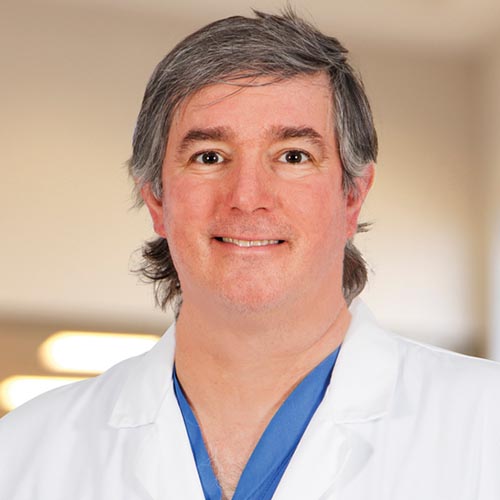
5 of of 5 Stars
127 Ratings
Primary Location
2123 Auburn Ave, Suite 201
Cincinnati, OH 45219
(513) 206-1170
39.126983
-84.516133
Extracorporeal Membrane Oxygenation (ECMO), Left Ventricular Assist Devices (LVAD), Abdominal Aortic Aneurysm (AAA) Repair, Abdominal Aortic Aneurysm (AAA) Treatment
See all
|
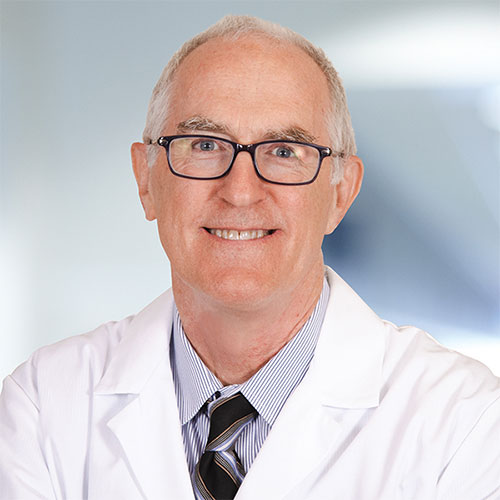
4.9 of of 5 Stars
40 Ratings
Primary Location
2123 Auburn Ave, Suite 201
Cincinnati, OH 45219
(513) 206-1170
39.126983
-84.516133
Heart Transplant, Congestive Heart Failure (CHF), Cardiology Clinical Research (Trials), Cardiovascular Critical Care
See all
|
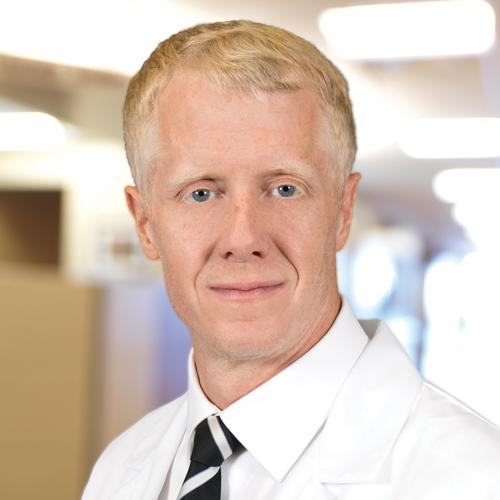
4.8 of of 5 Stars
61 Ratings
Primary Location
2123 Auburn Ave, Suite 201
Cincinnati, OH 45219
(513) 206-1170
39.126983
-84.516133
Coronary Artery Bypass Grafting, Heart Valve Repair, Heart Valve Replacement, Minimally Invasive Valve Surgery
See all
|
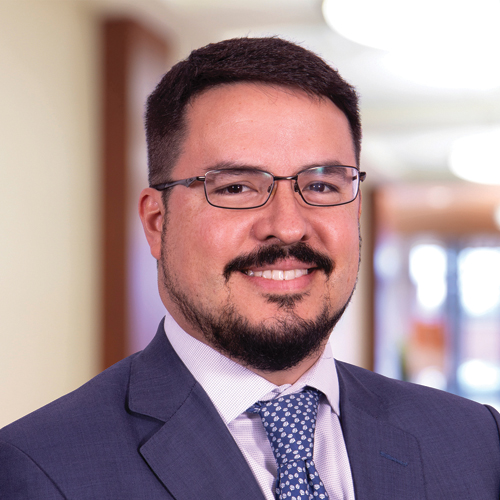
 View Video Spotlight
View Video Spotlight
4.9 of of 5 Stars
143 Ratings
Primary Location
2123 Auburn Ave, Suite 201
Cincinnati, OH 45219
(513) 206-1170
39.126983
-84.516133
Lung Cancer Screening, Lung Nodules, Thoracic Lung Nodule Surgery, Achalasia
See all
|
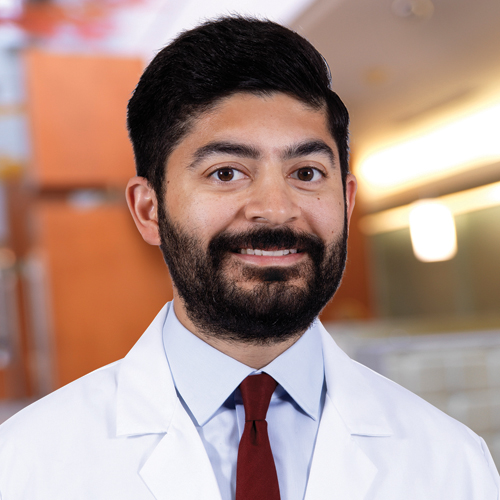
4.8 of of 5 Stars
123 Ratings
Primary Location
2123 Auburn Ave, Suite 201
Cincinnati, OH 45219
(513) 206-1170
39.126983
-84.516133
Coronary Artery Bypass Grafting, Robotic-assisted CABG, Heart Valve Repair, Heart Valve Replacement
See all
|
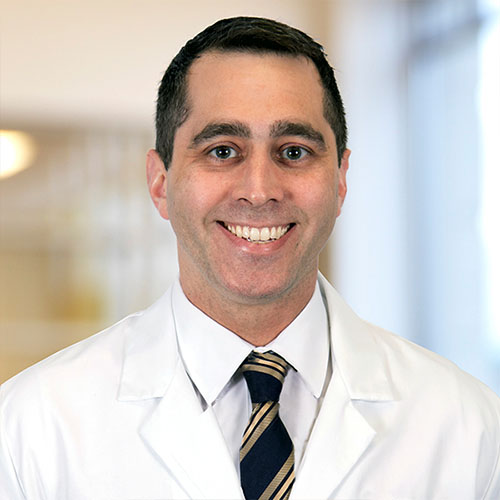
 View Video Spotlight
View Video Spotlight
4.9 of of 5 Stars
66 Ratings
Primary Location
2123 Auburn Ave, Suite 201
Cincinnati, OH 45219
(513) 206-1170
39.126983
-84.516133
Coronary Artery Bypass Grafting, Heart Transplant, Heart Valve Repair, Heart Valve Replacement
See all
|

4.9 of of 5 Stars
88 Ratings
Primary Location
2123 Auburn Ave, Suite 201
Cincinnati, OH 45219
(513) 206-1170
39.126983
-84.516133
Robotic-Assisted Surgery, Surgery for Atrial Fibrillation and IST (Inappropriate Sinus Tachycardia), Mitral and Aortic Valve Repair, Ross Procedure
See all
|
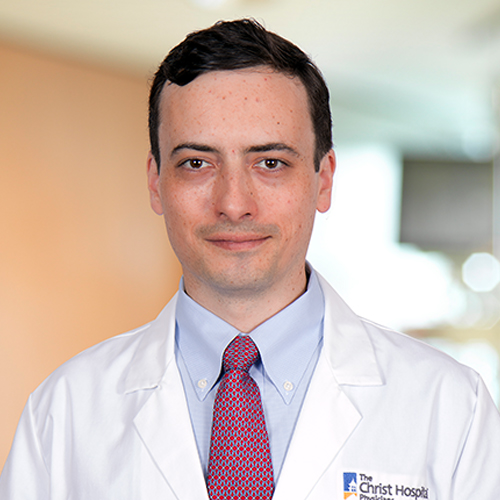
Primary Location
2123 Auburn Ave, Suite 201
Cincinnati, OH 45219
(513) 206-1170
39.126983
-84.516133
Adult Congenital Heart Disease, Abdominal Aortic Aneurysm (AAA) Repair, Abdominal Aortic Aneurysm (AAA) Treatment, Heart Disease
See all
|